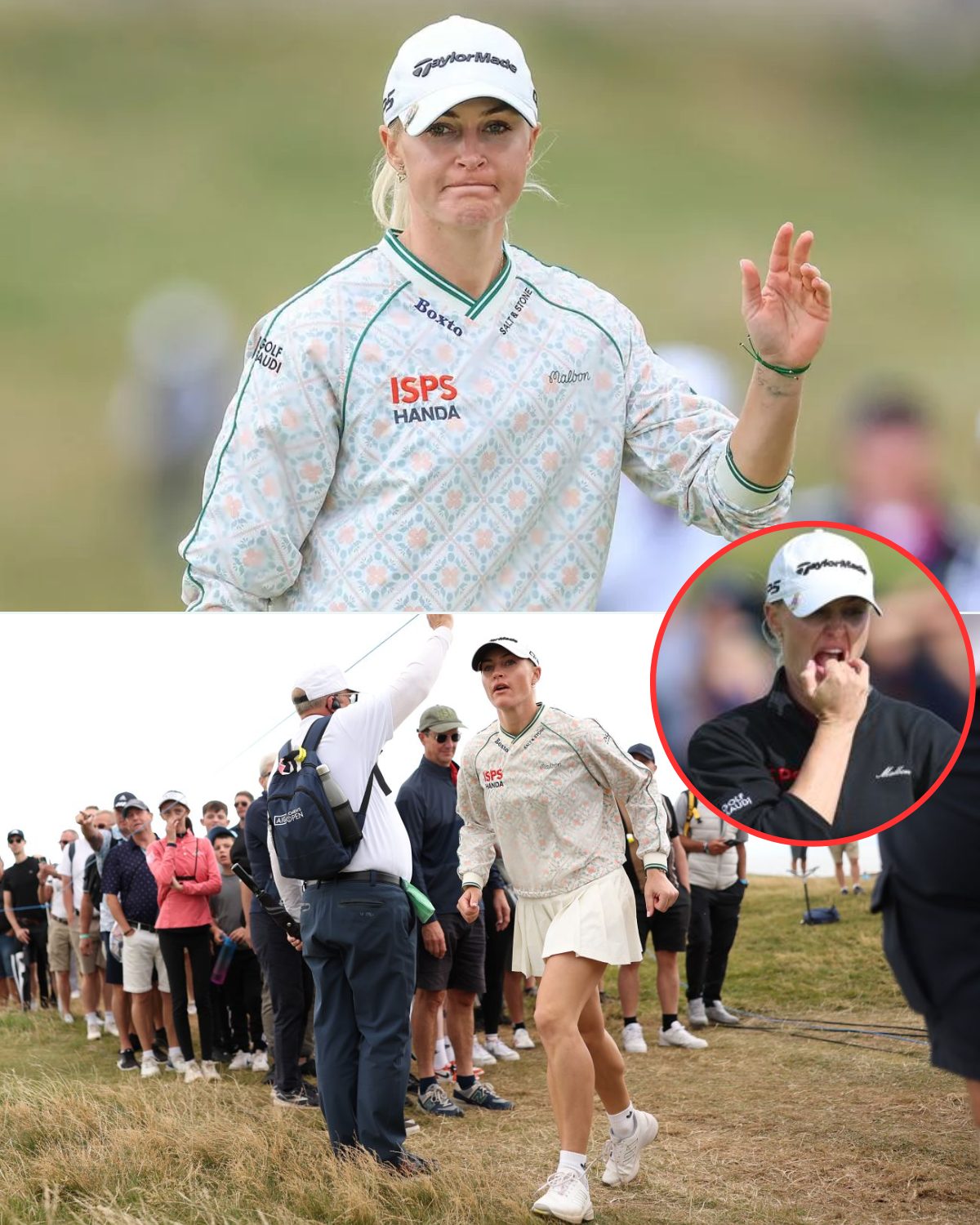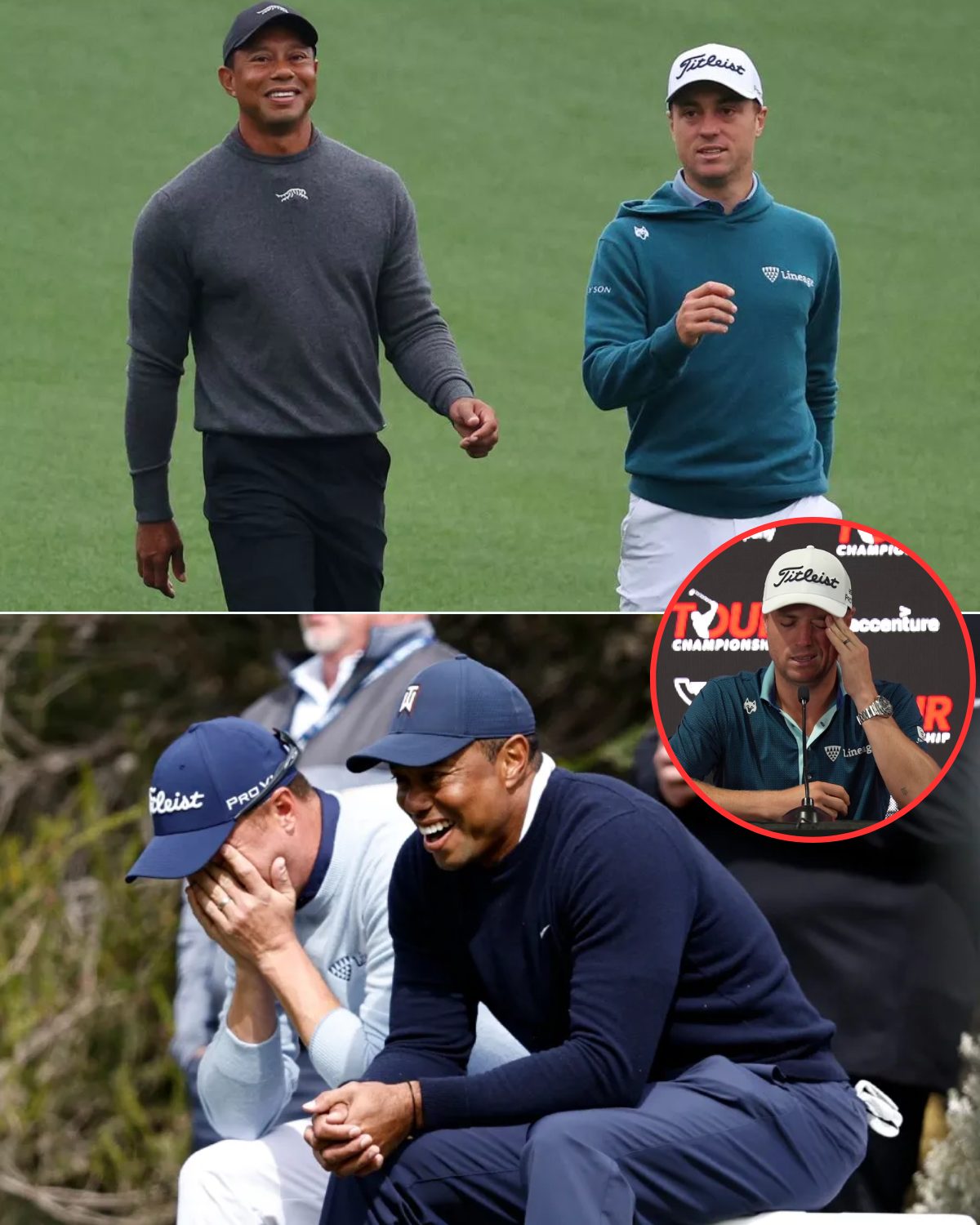In an era dominated by artificial intelligence, even presidential aesthetics are subject to algorithmic judgment. A viral video provocatively titled “Most Handsome US President According to AI” invites us to reflect on how machines—and by extension society—classify attractiveness. While the video itself offers little context about its methodology, a broader look into historical and AI-based rankings reveals how perceptions of presidential appeal evolve through time and culture.

Although the specific video doesn’t list its results publicly, independent analyses of presidential attractiveness suggest that names like John F. Kennedy frequently rise to the top. For instance, Ranker—a popular polling platform—places JFK at #1 in its “Hottest US Presidents” ranking, based on user votes about their youthful, iconic appearance YouTube.
Interestingly, older polls and lists—including one from Flyer News—point to Franklin Pierce as the “most attractive,” based on lens and portraiture, despite his lackluster historical legacy flyernews.com. This contrast highlights how appearance-based rankings can skew toward image rather than substance.
The Influence of “Lookism” in Politics
Kennedy’s advantage in televised debates—an early example of lookism at work—underscored how visual appeal can sway public perception. Broadcasters noted that his confident presence and charisma contrasted sharply with Nixon’s less camera-friendly demeanor Wikipedia. Researchers define “lookism” as the measurable impact of attractiveness on career outcomes and social judgments, a phenomenon that often plays out in political arenas where imagery matters.
Decoding “Handsome” Beyond the Face
Attractiveness extends beyond facial symmetry. Barack Obama, for instance, earned high marks for style—gracing Vanity Fair’s best-dressed list and being recognized as one of the “fifty best-dressed people over 50” by The Guardian hottestheadsofstate.com+7Wikipedia+7Medium+7Wikipedia. His calm, confident temperament and polished public image certainly contributed to his appeal, even if not rooted directly in ‘classically handsome’ features.
On another front, Theodore Roosevelt embodied a rugged, masculine ideal—less about looks, more about vigor. Described by historians as a “picturesque personality” and the “last romantic” of American masculinity, Roosevelt’s physicality and vitality shaped a heroic image that many still find compelling today Wikipedia+3Reddit+3Wikipedia+3Wikipedia.
Implications of AI-Style Rankings
What does it mean when AI declares a president the “most handsome”? Are we measuring symmetry, historical imagery, cultural nostalgia—or something deeper? These judgments are often proxies for collective ideals about youth, power, and leadership.
What’s more, lookism research shows that attractiveness can sway voter preferences, especially in low-information elections or media-saturated contexts where personal image can outweigh policy substance


